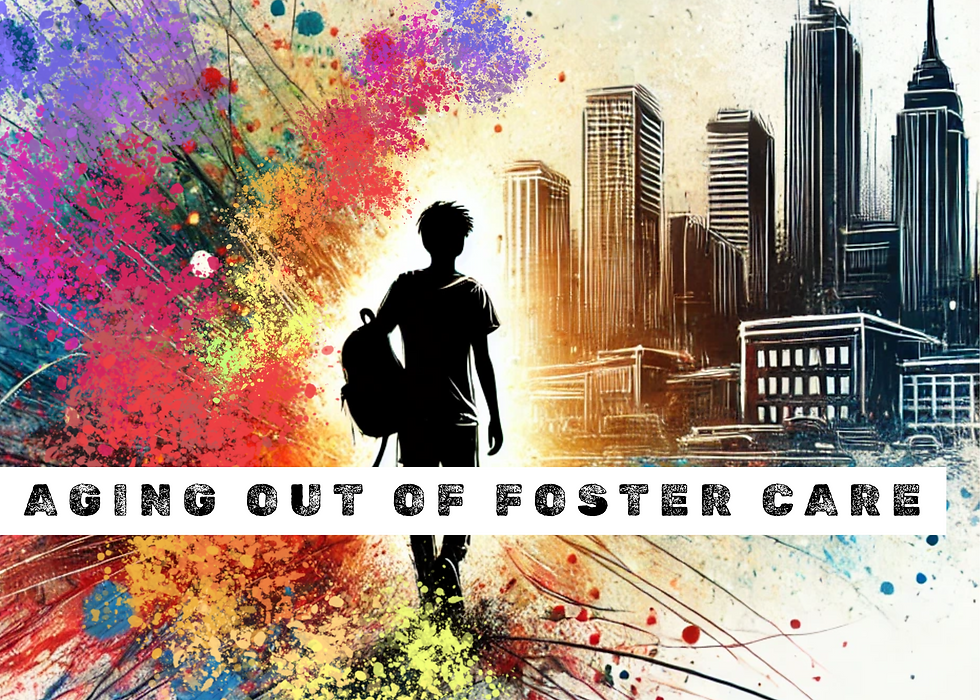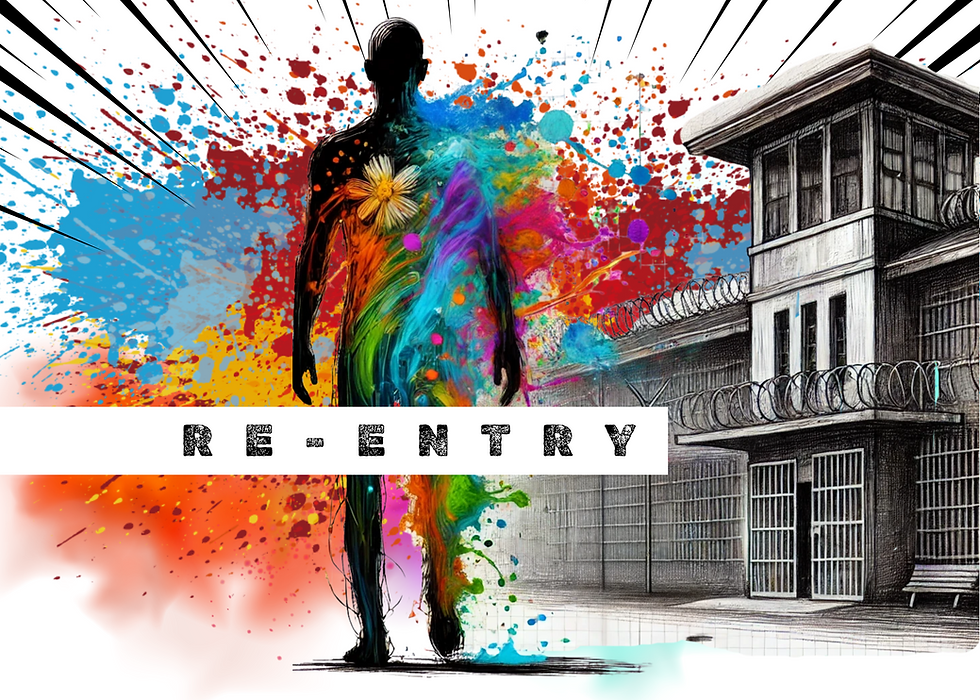Affordable Housing"
- Troy Rienstra

- Apr 3
- 5 min read
How Michigan’s Multi-Million Dollar “Affordable Housing” Strategy Fails the Homeless
We live in a time where image often masquerades as impact.
We recycle. We meditate. We sip from stainless steel tumblers that signal sustainability. We post about wellness and equity. We hand out awards for public service. And yet—somehow—in the same breath, we step over sleeping bags on sidewalks, avoid eye contact at intersections, and rationalize why we can’t seem to figure out how to shelter our most vulnerable neighbors.
If we are a society concerned with “organic,” “recyclable,” and “non-toxic,” how do we continue to live with the toxicity of tens of thousands of Michiganders—including children—without a place to call home?
How much money does it really take to end homelessness?
Because Michigan is spending it. Hundreds of millions of dollars each year. In January 2025 alone, the U.S. Department of Housing and Urban Development granted Michigan communities $107 million for housing and homelessness programs. On top of that, Governor Whitmer recently proposed a $2 billion housing plan to build or restore 11,000 units of “affordable” housing.
So then—why did over 32,500 people in Michigan still experience homelessness last year?
Why is that number growing, not shrinking?
If we know how many people are unhoused—why aren’t we planning for that many homes?
It’s not that the problem is complex. It’s that the will to truly solve it is diluted by bureaucracy, bloated contracts, and a public more interested in looking like humanitarians than acting like one.
The Numbers We Can’t Ignore
Let’s be honest about what we’re dealing with.
According to the Michigan Campaign to End Homelessness (MCTEH), 32,589 people were homeless in 2023. That's a 2% increase from the previous year. And it’s not just single adults. Over 14,000 children and youth were counted among them.
At the same time, Michigan faces a shortage of 188,895 rental homes affordable and available to extremely low-income renters. Meanwhile, over half of renters in Michigan are “cost-burdened”—spending more than 30% of their income on housing. Many are one car repair or missed paycheck away from losing their home.
The numbers are there. The money is there. But something isn’t adding up.
The Myth
When government or developers talk about “affordable housing,” they often mean housing that costs 30% of a household’s income. That sounds reasonable—until you realize that formula is based on median income, not actual income levels of low-wage or no-wage workers.
The annual income needed to afford a modest two-bedroom apartment in Michigan is $48,169. That means a person would need to work two full-time jobs at minimum wage just to survive. Even programs that require “low-income” pricing often set rent far above what people experiencing homelessness can pay.
So we build more units. Cut more ribbons. Take more photos. But if the people who need those units can’t access them, what have we actually solved?
Affordable in theory. Inaccessible in practice.
It’s a fair—and necessary—question. ...Where's the money going?
We’re talking billions over the past decade.
Are we dealing with an oversight in our state budget—or a gross misuse of funding?
The fact is, the public rarely sees the breakdown. Millions are swallowed by administrative costs, consultant fees, construction markups, and property management contracts. A good chunk of HUD funding flows back to developers who, under the guise of “affordable,” build units that meet legal definitions but dodge moral obligations.
Is it a housing crisis—or a crisis of accountability?
What Actually Works: Housing First
While we fumble around with temporary shelters and complicated income-based models, other countries are quietly showing us what works.
Finland has nearly eradicated chronic homelessness through a simple and radical model: Housing First.
The idea is not new. It flips the old model on its head. Rather than requiring people to “earn” housing through sobriety, employment, or program compliance, Housing First gives people a permanent place to live—first. Then it surrounds them with voluntary support: mental health care, addiction services, employment pathways, and community.
In Finland, since implementing this nationwide in 2008:
Homelessness has dropped over 70%
The country now has zero rough sleepers
Support costs have decreased because people use emergency services less
Harvard, Yale, and countless U.S. case studies confirm the same results: permanent supportive housing is more effective and less expensive than cycling people through shelters, jails, hospitals, and temporary motels.
The Economic Case
Let’s break it down.
One chronically homeless individual costs taxpayers between $30,000 and $50,000 per year when accounting for emergency services, police, court costs, and hospital visits. Multiply that by just 10,000 people, and that’s $300 to $500 million annually—just to manage homelessness, not solve it.
In contrast, Housing First programs—complete with case managers and supportive care—cost about $20,000 per person per year. That’s less than half.
So again: How much does it really cost to end homelessness? Less than what we’re already spending.
We just aren’t spending it the right way.
The Moral Dissonance
We post about compassion. We host events for social equity. We add pronouns to our email signatures and hashtags to our brands.
But we can’t figure out how to ensure that a mother and her child aren’t sleeping in a car in a Michigan winter?
There’s a moral dissonance here that cuts deep. We have entire industries built around image—green living, yoga culture, community engagement, DEI training. And yet we are housing fewer people, helping fewer families, and telling ourselves we’re making progress because the press release says so.
We are becoming faux humanitarians. Too caught up in performative empathy and curated activism to actually fix the very real and painful issues playing out across our streets.
It’s time to face this head-on and reshape the conversation. Real solutions are within reach.
1. Adopt Housing First Across Michigan.We’ve seen it work elsewhere. It’s time to scale it here—statewide, with fidelity. Stop piloting. Start implementing.
2. Redefine Affordability with Transparency.Base “affordable” housing on what our lowest-income residents actually earn—not what looks good on paper.
3. Fund Permanent Supportive Housing, Not Temporary Fixes.Tents, shelters, and transitional programs keep people stuck. Permanent housing gives people the stability to heal, work, and grow.
4. Create Accountability Around Public Dollars.Make funding transparent. Track who benefits. Ensure public money serves the public good.
5. Center the Voices of the Marginalized. Design policies with—not just for—the people most affected. Lived experience must inform leadership.
Homelessness isn’t inevitable.
It’s not a mystery. It’s a policy failure—and a moral one. And it's a clear demonstration of our societal values.
The budget is already there. The blueprint exists. What’s missing is the courage to disrupt a system that profits from scarcity and rewards surface-level solutions.
We don’t need more talking points. We need homes. We need vision. We need to decide who we are—and what we’re willing to do about it.
Let’s stop pretending we don’t know how to fix this.
Let’s get it done.
-Troy Rienstra
_edited.png)



Comments